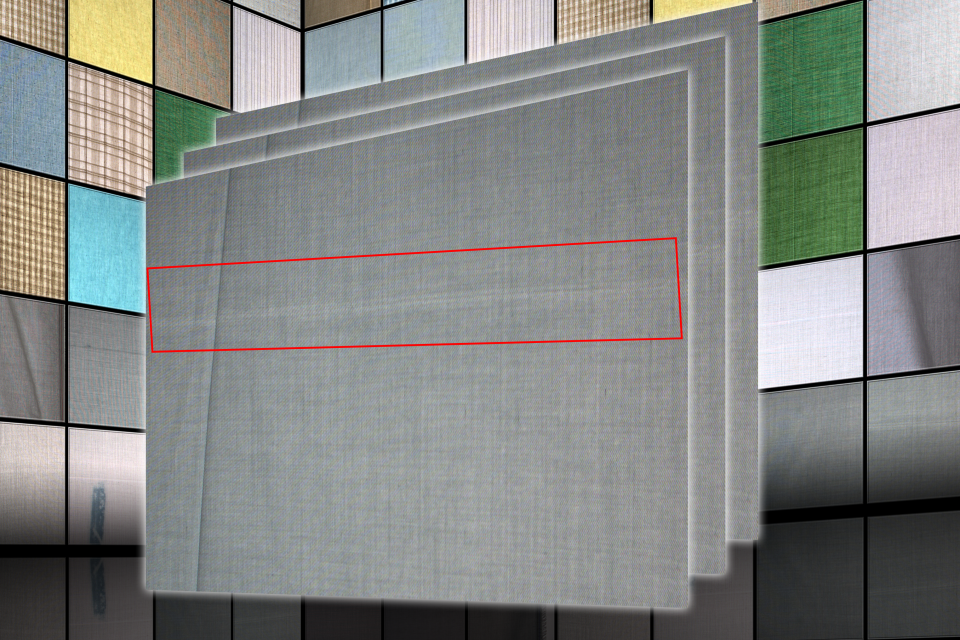Datasets
Standard Dataset
FabricDefect
- Citation Author(s):
- Submitted by:
- Bangxiong Yin
- Last updated:
- Tue, 02/18/2025 - 04:13
- DOI:
- 10.21227/q89h-b939
- Data Format:
- License:
 1348 Views
1348 Views- Categories:
- Keywords:
Abstract
We introduce a new image dataset named FabricDefect, which focuses on the warp and weft defects of cotton fabric. The images in the FabricDefect dataset were manually collected by several experienced fabric inspectors using a high-definition image acquisition system set up on an industrial fabric inspection machine. The sample collection process lasted for three months, with daily sampling from 6 a.m. to 8 p.m., covering various weather conditions and external lighting scenarios. All images were meticulously gathered according to predefined standards. The dataset includes fabrics of different models, each with distinct texture characteristics. The collected defect images encompass defects in fabrics with diverse textures, ensuring the data's diversity and representativeness. Specifically, it consists of 4,927 high-resolution images, all with a resolution of 1920x1080 in PNG format. It encompasses five types of warp and weft defects: BrokenEnd, Misdraw, Reediness, ThickPlace, ThinPlace, and two types of normal defects: Hole and CottonBall.
The dataset is divided into a training set (4,000 images), a validation set (435 images), and a test set (489 images). We utilized the Labelimg tool to comprehensively manually annotate the FabricDefect dataset. Each target object within every image was labeled and verified by three experienced annotators to ensure the reliability of the annotations. We employed a cross-validation approach, whereeach annotation result was independently labeled and compared by another three annotators, to ensure data accuracy. We have utilized the same format as the YOLO dataset for our annotations, which includes an 'images' folder and a 'labels' folder. The labels are recorded in .txt files, detailing the type and location of defects. The 'classes.txt' file within only contains the names of the defect types. The dataset has been divided into training, validation, and testing sets at a ratio of 8:1:1, respectively.







Comments
Thanks
good
Thank you
Hello, may I ask why the training set only has less than 3000 photos after I downloaded your dataset, Did I miss something?
thanks
How can I get access to this dataset? It’s showing that the files for this dataset have not been uploaded.
THX
how can i get this dataset